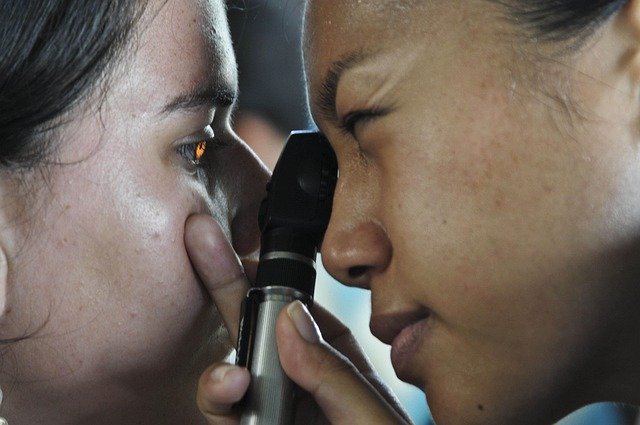Understanding Vision Tests and Local Eye Care Services
A vision test evaluates how well your eyes see at different distances and can reveal refractive errors, binocular vision problems, and signs of some eye diseases. Tests range from quick screenings to full clinical eye exams performed by optometrists or ophthalmologists. Knowing what to expect helps you choose appropriate local services and understand how a vision check fits into broader vision health routines and public programs supporting access to care.

This article is for informational purposes only and should not be considered medical advice. Please consult a qualified healthcare professional for personalized guidance and treatment.
Vision health: why routine tests matter
Regular vision testing contributes to overall vision health by detecting correctable issues such as myopia, hyperopia, astigmatism, and presbyopia, as well as indicators of eye disease like glaucoma or macular conditions. Early detection often leads to better outcomes because interventions—glasses, contact lenses, medical treatment, or referrals—can be provided sooner. Tests also help track changes over time, which is particularly important for children, older adults, and people with chronic conditions like diabetes that can affect the eyes.
Eye care: what a standard exam includes
A standard eye care exam typically measures visual acuity, refractive status, eye alignment, and eye pressure; it may also include dilated pupil examination to view internal structures. For a basic clinic visit, expect a chart for distance vision, a refraction test with different lenses, and checks for eye movement and focus. More comprehensive visits add retinal imaging, tonometry for pressure, and slit-lamp inspection to assess the cornea, lens, and anterior chamber. Results guide prescriptions and any needed follow-up.
Vision screening: where screenings are used and limits
Vision screening offers a focused, quick check to identify people who might need a full eye exam. Screenings are common in schools, workplaces, and community health fairs and typically cover acuity and basic binocular function. While effective at flagging many issues, screenings are not diagnostic; they can miss early-stage disease or subtle problems. If a screening indicates a potential issue, a referral for a full clinical exam with an eye-care professional is the next step.
Public programs: access, eligibility, and common supports
Public programs that support vision testing and treatment vary by country and region but often include government-funded clinics, school-based initiatives, and insurance programs that cover exams and corrective lenses for eligible populations. Eligibility criteria may depend on age, income, disability status, or specific health conditions. These programs aim to reduce barriers to care and may partner with community services to provide screenings, eyeglasses, and referrals. Check local services or government health websites for program details in your area.
Community services: finding local services and referrals
Community services expand access to vision screening and basic eye care through partnerships between clinics, schools, and non-profit organizations. Local services may include mobile screening units, vision vans, and community health centers offering sliding-scale fees or free screenings during health events. Libraries, community centers, and schools often post information about upcoming screenings. When seeking care, ask about credentialed providers, what the screening covers, and whether follow-up full exams are available or covered through referrals.
Conclusion
A vision test is a key component of maintaining vision health and can range from quick screenings to comprehensive eye exams that involve multiple diagnostic tools. Understanding the differences between screenings and full exams, the typical components of eye care visits, and the public and community services that support access can help you choose appropriate local services and ensure timely follow-up when needed. Regular checks are especially important for children, older adults, and people with chronic health conditions that affect the eyes.






